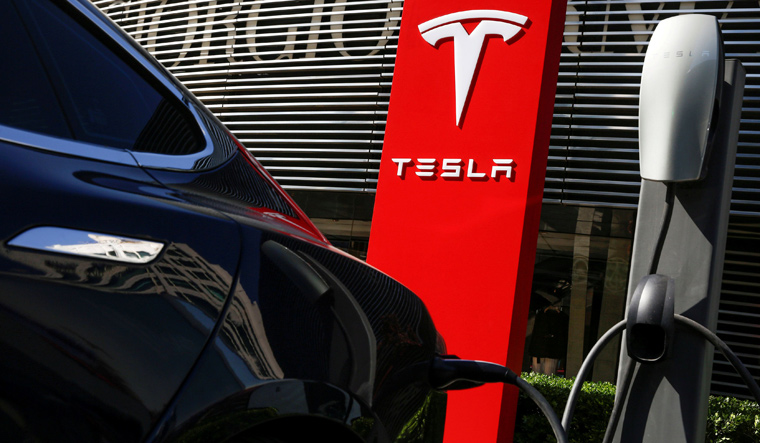
Gigacasting, a breakthrough manufacturing approach pioneered by Tesla, is revolutionizing the automotive business. By using huge casting machines known as Giga Presses, automakers can produce giant single items of auto underbodies, streamline manufacturing, cut back prices, and improve effectivity.
Gigacasting has reworked automobile manufacturing by enabling the manufacturing of enormous, single-piece aluminum elements. The streamlined manufacturing, price discount, elevated effectivity, and environmental advantages related to Gigacasting have caught the eye of automakers worldwide. Because the automotive business strikes towards electrical automobiles and seeks to optimize manufacturing processes, Gigacasting is poised to play a pivotal position in shaping the way forward for car manufacturing.
This explainer delves into the idea of Gigacasting, its advantages, and why different automakers are eagerly pursuing this revolutionary strategy.
Understanding Gigacasting:
Gigacasting entails using high-pressure aluminum die casting machines, often known as Giga Presses, to fabricate car elements. These Giga Presses are able to producing aluminum components considerably bigger than these utilized in conventional auto manufacturing. The time period “Giga” originates from Tesla’s naming conference for its manufacturing amenities, known as “Gigafactories.”
Streamlined Manufacturing and Value Discount:
Gigacasting allows automakers to simplify the manufacturing course of by decreasing the variety of particular person components and welding necessities. In typical strategies, quite a few stamped steel components are welded collectively to type a automobile physique. Nonetheless, with Gigacasting, automakers can create a single, unified element. This discount in components results in decrease manufacturing prices and a simplified meeting line contributing to enhanced profitability. Tesla has reported as much as a 40% discount in associated prices for sure elements.
Elevated Effectivity:
By changing a number of welded elements with a single solid module, Gigacasting reduces the complexity of producing processes. This streamlining has allowed Tesla to get rid of roughly 600 robots from the meeting of its Mannequin 3, leading to better operational effectivity. Furthermore, the burden discount achieved by way of Gigacasting is especially essential for electrical automobiles (EVs) as a result of significance of battery weight. The approach helps optimize car efficiency and vary.
Environmental Impression and Waste Discount:
Gigacasting has the potential to cut back waste and greenhouse emissions in manufacturing crops. With the elimination of a number of smaller components, there’s a corresponding lower in materials waste generated throughout manufacturing. Moreover, the light-weight nature of aluminum utilized in Gigacasting contributes to extra fuel-efficient automobiles, additional decreasing carbon emissions.
Enlargement and Market Adoption:
Recognizing the advantages of Gigacasting, a number of automakers are exploring its implementation. Toyota, Normal Motors, Hyundai, Volvo Vehicles, and different producers have both adopted the know-how or are actively planning for its integration. These corporations goal to leverage Gigacasting’s potential to reinforce efficiency, decrease prices, and streamline manufacturing throughout their EV lineups.
Machine Producers:
Italy-based IDRA, a subsidiary of China’s LK Industries, is likely one of the distinguished producers of Giga Presses and provides Tesla with these machines. Different opponents out there embody Buhler Group, Ube, Shibaura Machine, Yizumi, and Haitian. The worldwide aluminum die-casting market, together with Gigacasting machines, is projected to exceed $126 billion by 2032.
Challenges
Whereas Gigacasting presents important benefits, there are challenges to its widespread adoption. Legacy automakers with various product lineups and present manufacturing unit equipment might face difficulties justifying the substantial funding required to implement this new casting know-how. Moreover, the repairability of automobiles with single-piece solid sections might pose issues, probably growing the price of operation and upkeep.



